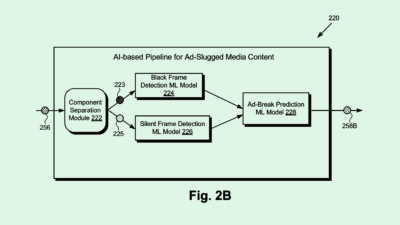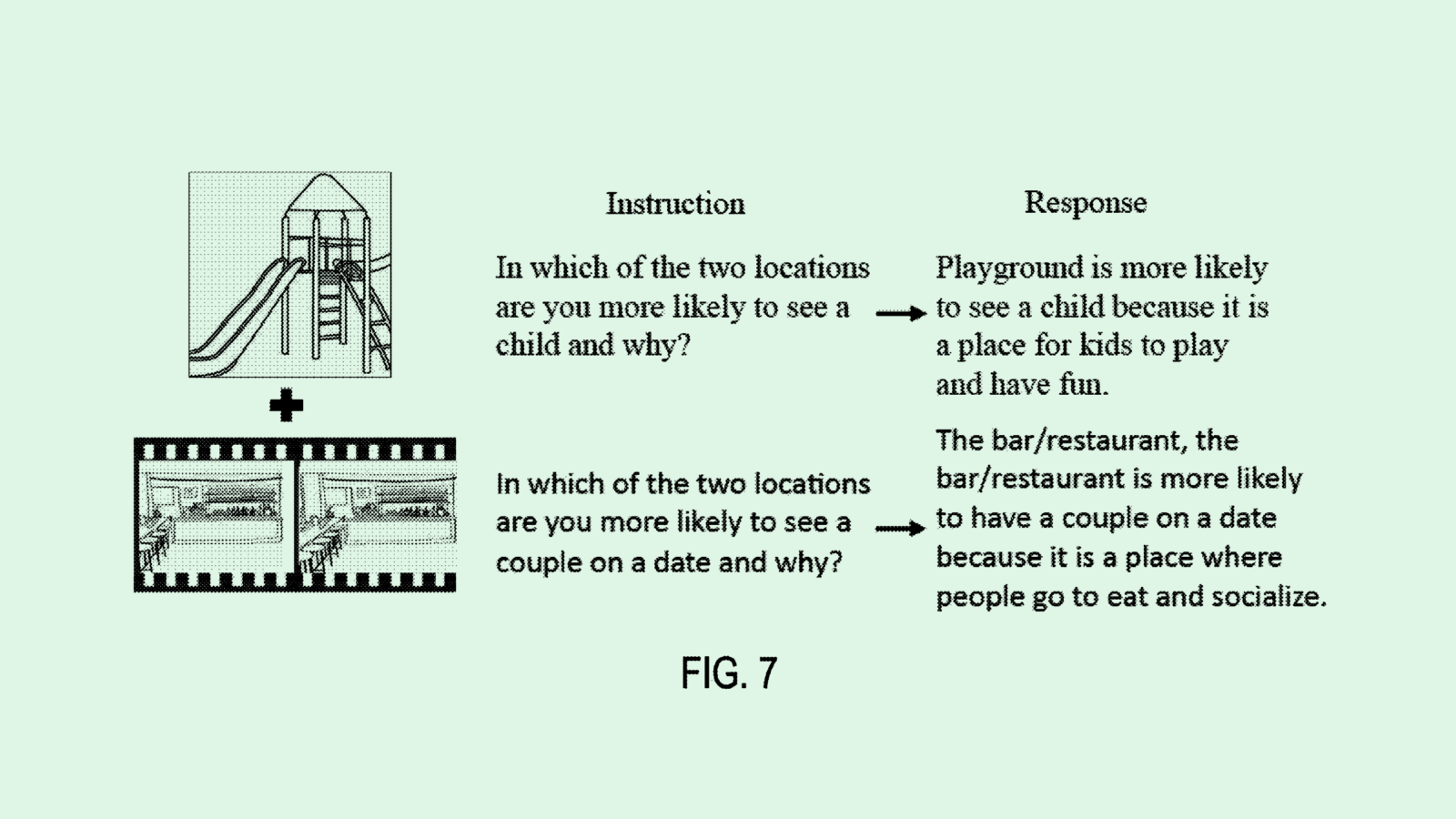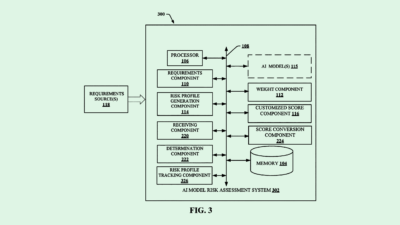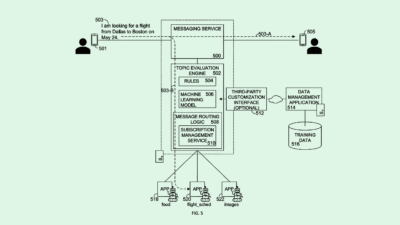Microsoft Gets Empathetic (plus more from Amazon & Ford)
autonomous delivery vehicles, guided AI conversations, and vehicles that spy on you
Sign up to uncover the latest in emerging technology.
autonomous delivery vehicles, guided AI conversations, and vehicles that spy on you
1. Microsoft – topic guiding in a conversation (chat bot ad play)
You might remember Microsoft’s chatbot called Xiaoice, which became really popular in China and was treated as a virtual friend by users. It actually got spun out into a separate entity in 2020.
The purpose of Xiaoice was to create an empathetic chat bot that displays emotional intelligence.
This recently revealed patent application gives us a slight peek into the technique used by Xioaice to create the impression of empathy.
Essentially the chat engine looks to guide the conversation with a user around a specific topic by sending a message on that topic. When a user responds, the chat engine determines if the response is related to that topic. And then the chat engine will respond with a message based around a new topic that is related to the first topic.
Why is this interesting?
Most chatbot experiences tend to fall flat in terms of conversation. For instance, our interactions with Alexa are mostly a question or instruction being given to the bot, and then the bot either giving an answer or acknowledging the completion of a request.
This chat experience guides a conversation towards a topic and will nudge users along conversational paths based on how users are responding, as well as any context from previous conversations. The result is a chat that feels organic, fluid and purposeful – the chatbot is the driver of conversation instead of being on the receiving end.
On the flip-side, the chatbot could be effective at manipulating users. The filing talks about the potential for the chatbot to guide users towards topics that are associated with products or services. In the image above, the chatbot wants to guide a user towards the topic of being on a diet. In order to get there, the chatbot has a number of implicit topics that it discusses to get the user to that conversation, including dinner, meat and losing appetite.
Now imagine if after the chatbot mentions it’s on a diet, a company pays for ‘ads’ so that the chatbot can plug some product recommendations, such as diet pills. This type of advertising via chatbot feels pretty different to the usual advertising. If an AI chatbot was optimised towards generating advertising sales, suddenly the realism and fluidity of the conversation become excellent tools for manipulating users into buying things or performing actions.
2. Amazon – primary and secondary delivery vehicles
In 2019, Amazon announced ‘Scout’ – its autonomous delivery device that would travel along sidewalks and deliver peoples’ packages.
This new patent application gives us a peek into how the autonomous delivery vehicles will work.
Small autonomous vehicles are most often outfitted with cameras to capture the environment around the vehicle, as well as sensors to help with navigation (e.g. accelerometers). The disadvantage of all of this is that the cost of the personal delivery vehicles increases significantly.
This filing reveals that Amazon want to have their personal delivery services not carry all of this equipment. Instead, Amazon is thinking that the autonomous delivery will work by having a primary vehicle carry all of the sensors and cameras, which will then control the operations of the secondary personal delivery vehicles.
Firstly, the primary vehicles will carry one or more secondary vehicles in it. Once the primary vehicle arrives at the specified location, the secondary vehicles will detach from the primary vehicle and receive instructions from the primary vehicle on where to deliver its packages. Interestingly, the primary vehicle will not necessarily be autonomously driven to begin with.
Why is this interesting?
Firstly, it’s cool diving into the details of how autonomous delivery will take place. It will most likely be big vehicles being driven into a location and then the secondary vehicles following delivery instructions to places nearby. It’s perhaps a transition to full autonomous delivery, while enabling Amazon to still cut time and money required to deliver a lot of packages.
Secondly, it seems like the economics of having lots of small autonomous delivery vehicles with their own sensors is suboptimal. So having a primary vehicle carry all of the equipment and then transmit the instructions to smaller secondary vehicles is Amazon’s attempted solution.
3. Ford – gathering household intelligence using connected cars
Ford want to collect data from vehicles in order to predict when a consumer may want to purchase a new vehicle or replace an existing one.
In order to do this, firstly Ford will create a geofence to estimate where the home is relative to the car. From here, Ford will try to identify if there are any other vehicles within the household using sensor data. The sensor data may include a vision sensor (e.g. a camera), or even satellite data to determine the boundary locations of a household.
From here, Ford will try to estimate when the second vehicle needs replacing and send marketing materials ahead of the estimated replacement. For example, the Ford camera may assess that the other car in the household has a damaged engine and the car might need replacing. Ford could then send incentives to the household to try to get them to purchase another Ford.
This may well just be one of those patents that are filed as a “just in case”. Either way, it feels an infringement of a consumer’s privacy that their Ford vehicle could be keeping a watch on what’s going on in the household. Will these features be made explicit to consumers or will these be sneaked in without consumers knowing?











